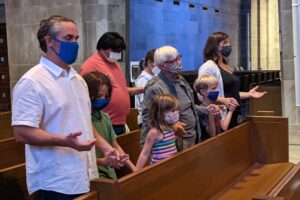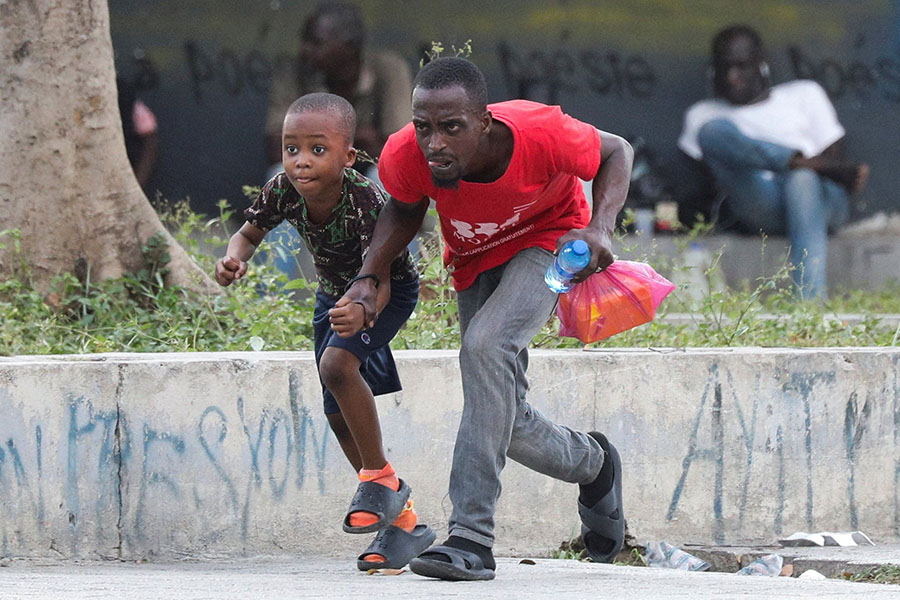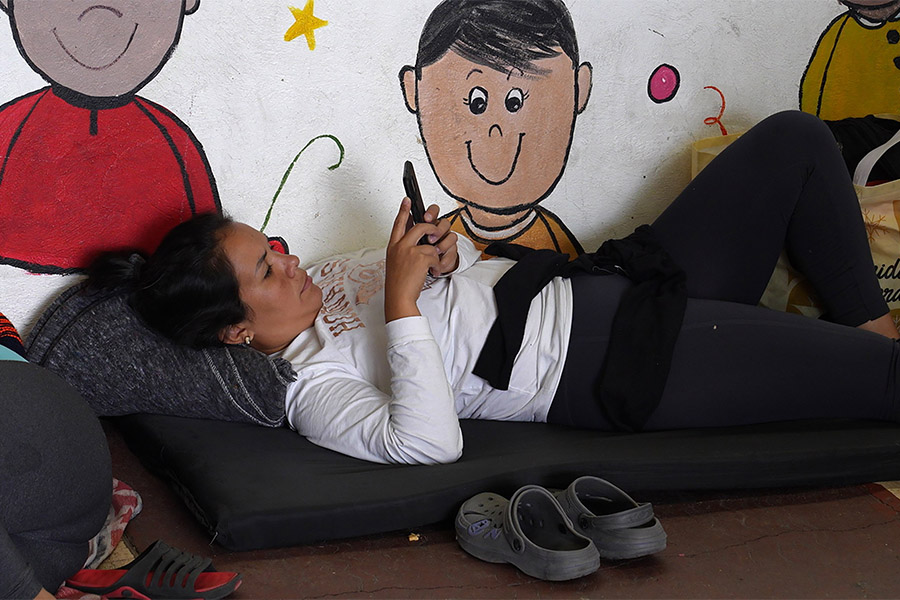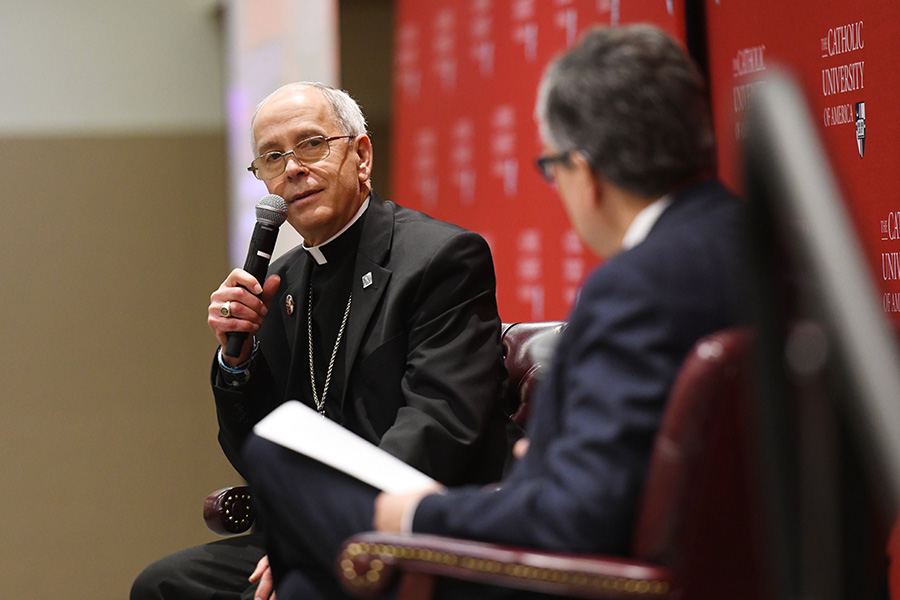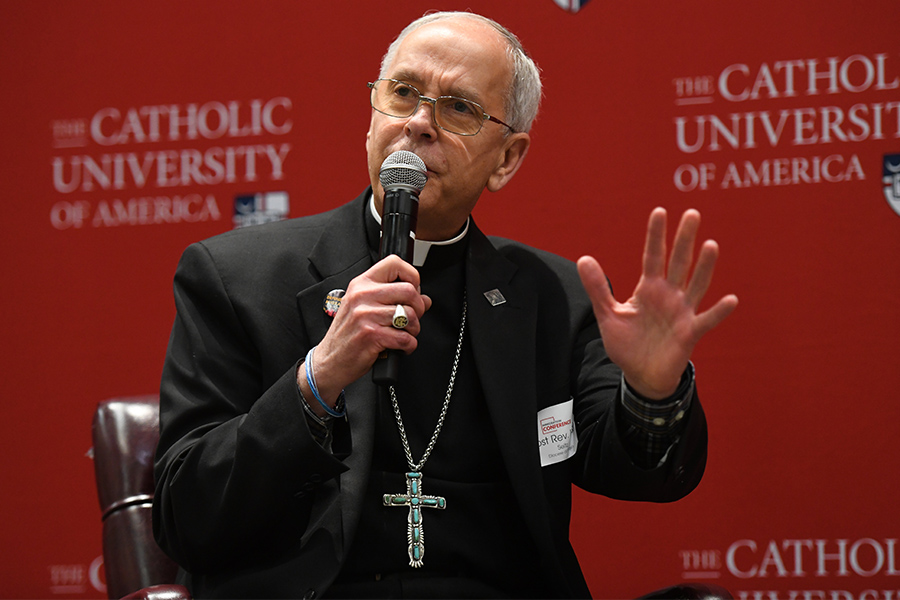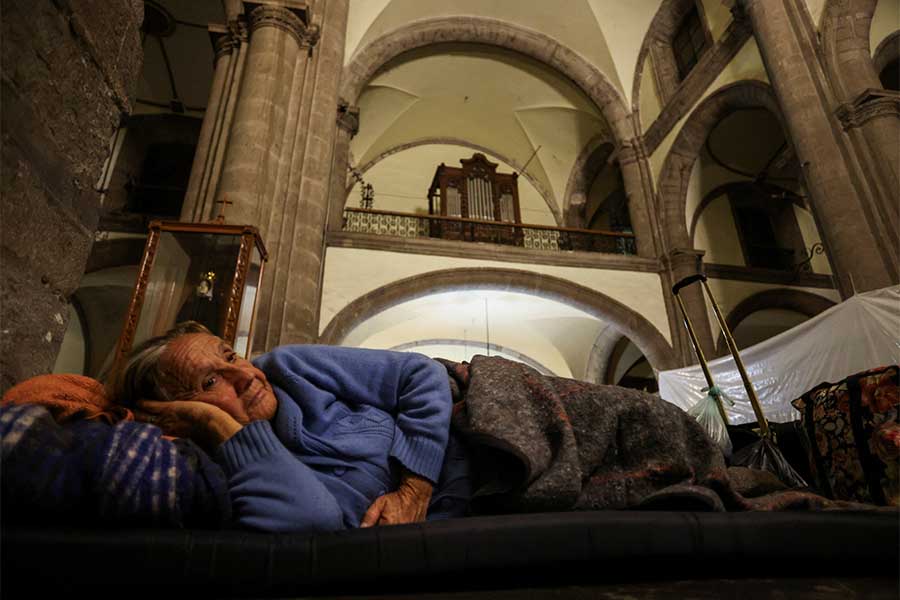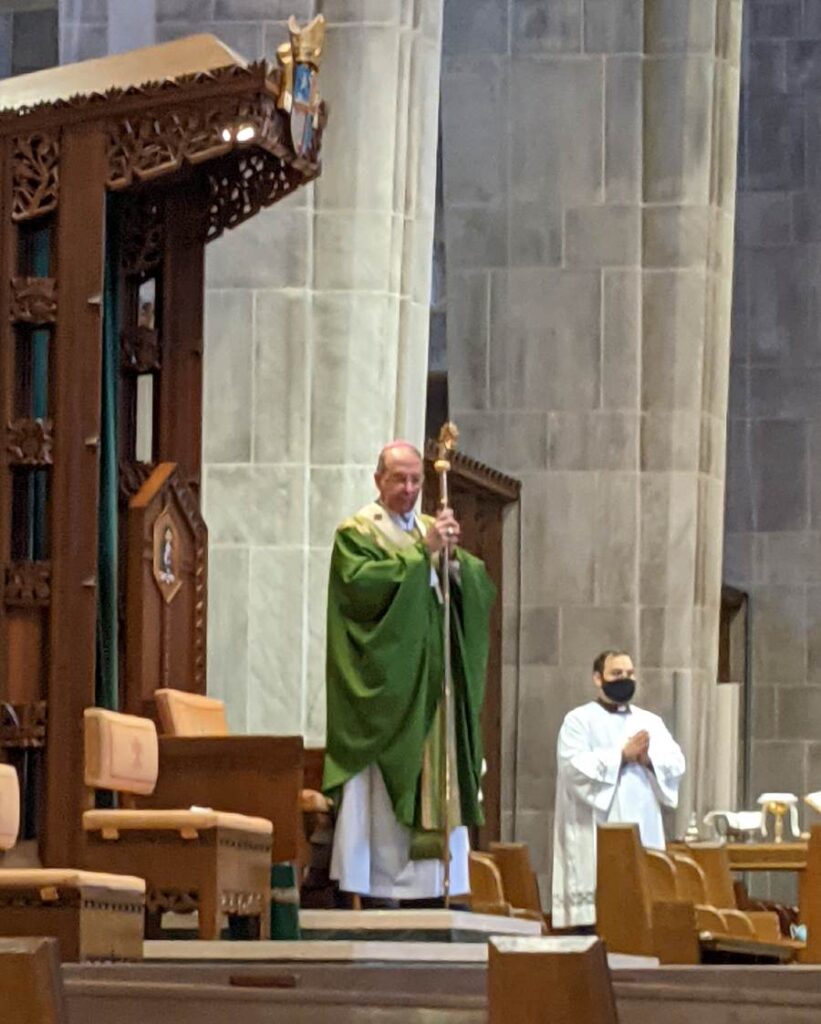
During his homily for the National Migration Week Mass Sept. 25, Archbishop William E. Lori remembered his Sicilian grandfather, who came to the United States at a time many protested the arrival of southern Europeans.
“Many of today’s immigrants work very hard, no less than my grandpa, looking for a better life for his family,” said Archbishop Lori, speaking at the Cathedral of Mary Our Queen — a building made possible by a bequest from Irish immigrant Thomas J. O’Neill.
The archbishop drew attention to Riccy Amador, a young immigrant who came to the United States from Honduras with her family at age 6. She studied at Archbishop Borders School in Highlandtown as a recipient of Partners in Excellence scholarships and now is about to graduate from Loyola University Maryland in north Baltimore next spring.
“Her story brought tears to my eyes,” the archbishop said. “Whether we agree or disagree with the current laws and policies of our own country, the fact remains that many people are coming each day to the United States to escape the extreme poverty, violence and persecution of their countries of origin.”
Archbishop Lori noted that each person coming to American borders “bears God’s image and is beloved in his sight.”
National Migration Week 2021 was observed Sept. 20-26, and coincided with the Vatican’s celebration of the World Day of Migrants and Refugees (WDMR), which always falls on the last Sunday of September. The primary theme for this year’s WDMR is “Toward an ever wider ‘WE.’”
According to the American Immigration Council, one in seven Maryland residents is an immigrant and the top country of origin is El Salvador.
A study on key demographic, social and religious statistics for the Archdiocese of Baltimore performed by V Encuentro shows an increase of total Hispanic population from 57,821 in 2000 to 186,631 in 2016, a 223 percent increase in 16 years. In 2016, 98,000 of those 186,631 Hispanics are estimated to be Catholics, 53 percent of the total Hispanic population.
Since 2016, there has not been a another official study of Catholic Hispanics in the Archdiocese of Baltimore, but Ken Johnson-Mondragón, coordinator of research consultation at the V Encuentro, estimates an increase of 14 percent of Hispanic Catholics in the state of Maryland in 2020, roughly 350,000 for the whole state and 112,000 in the Archdiocese of Baltimore.
Amador shared with the Review her struggles as an immigrant.
“For a moment in time I felt like, ‘Why am I being denied so many things if I grew up here? I belong here. I adjusted to the American customs, learned the language, worked here and everything. Just because a paper says I am undocumented.’
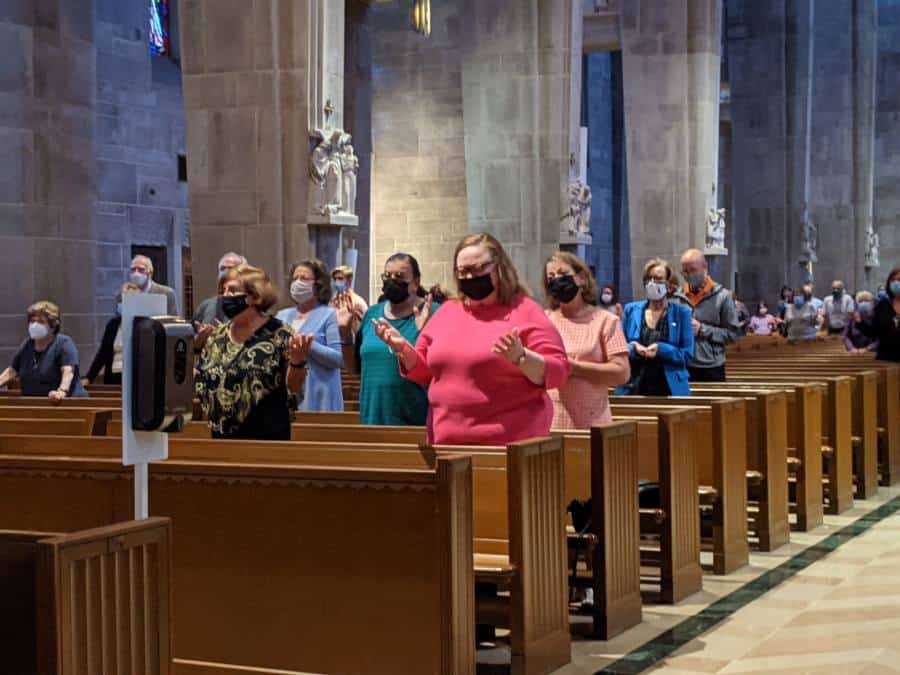
Ligia Pappas, a native of Bogotá, Colombia, says that in her 20 years serving as administrative assistant for Hispanic ministry in the archdiocese, the biggest impact in the Hispanic community has been the installation of Archbishop Lori, who “joyfully celebrates Mass in Spanish,” and of Auxiliary Bishop Bruce A. Lewandowski, C.Ss.R., someone who “knows our cultures and understands our needs.”
“A lot of patience and humility is needed to understand them (Hispanics),” she said, “We need to remember that many of them come from their countries with a lot of social problems, but with a huge faith to serve in our parishes.”
Concepción Morales, a native of Cabañas, El Salvador, and a parishioner of Christ the King in Glen Burnie, has lived in the United States under Temporary Protected Status for 20 years. After all those years of hard work, he was denied a driver’s license renewal.
“Our lives are not temporary,” he said.
Deacon German Flores, a native of Caracas, Venezuela, and a permanent deacon at St. Athanasius and St. Rose of Lima in Baltimore, said Catholic charity must be “without conditions.”
When he was assigned to Christ the King about 15 years ago, he was given the task of reaching out to those in need in the parish. In that ministry, he discovered that some charitable aid programs in the community required recipients to show a Social Security card before they could get assistance.
“Therefore, we started St. Vincent DePaul, a ministry which goes in accordance with the Christian teachings,” he said.
He also said a church leader must accompany the people and understand the parishioners’ cultures and needs.
When Bishop Lewandowski was pastor of Sacred Heart of Jesus-Sagrado Corazón de Jesús in Highlandtown, he saw the need of COVID-19 vaccines for Hispanic immigrants and collaborated with Johns Hopkins Hospital to vaccinate more than 6,000 people.

Archbishop Lori gave the congregation three practical ways to act as people of faith regarding immigrants. First, pray for those who live in unimaginably “bad” conditions; second, be defenders of human dignity from conception until natural death and all stages in between; third, consider offering financial support or volunteering in one of the programs which assist newly arrived immigrants.
One of these programs is Catholic Charities Esperanza Center, “hope” in Spanish, which assists immigrants with legal, health, educational and family reunification services in English and Spanish.
A similar ministry that accompanies the immigrant community is Our Lady of Guadalupe ministry at St. Mary and St. John Neumann in Annapolis. Redemptorist Father Robert Wojtek, and Tammy and Daniel Beigel started the ministry when Tammy noticed many Hispanic volunteers at the perpetual adoration chapel needed substitutes because of immigration-related issues.
Another program is Pastoral de Migratoria, an initiative of the director of Hispanic ministry Lia Salinas, which assists newly arrived people with basic needs such as food, a place to live, jobs, learning the language and more. The program is currently in five parishes.
“May the Lord bring us together as a people and as a faith community,” Archbishop Lori said. “‘One nation, under God, with liberty and justice for all!’”
Visit https://www.archbalt.org/hispanic-ministry-3/ to find more information about immigration in the Archdiocese of Baltimore
Email Priscila González de Doran at pdoran@CatholicReview.org
Also see
Copyright © 2021 Catholic Review Media
